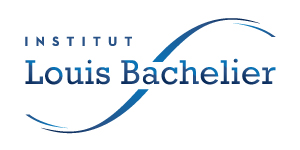Article published in Metro Economica, Volume 72, Issue 4
This paper follows Harvie and Grasselli and Maheshwari’s research program in testing both Goodwin’s predator–prey model and the extension proposed by van der Ploeg. The aim of this paper is to provide a guideline for the bloc estimation and the backtesting strategy that can be applied to such a class of continuous-time non-linear macroeconomic models. The goal of this paper is to propose and test stochastic differential equations for Goodwin’s model and one of its extensions by an estimation technique based on simulated maximum likelihood developed by Durham and Gallant. The data considered here are that of wage share and employment rate in the United States from 1948:Q1 to 2019:Q4. Results show that two structural breaks—at the beginning of the 80s’ and late 90s’—are likely to have occurred and the Goodwin-type model endowed with Leontief production technology explains more accurately the data than the van der Ploeg’s CES production function. These results are partly confirmed by a backtesting strategy, which highlights the predicting property of the van der Ploeg-like model on a purely statistical VAR model. Both the estimation and backtesting strategies can be used to assess the empirical improvement on any extensions of the models investigated in this paper.
La chaire Énergie et Prospérité et le Cired organisent, à l'occasion de la sortie du livre Un nouveau contrat écologique d'Emmanuel Combet et d'Antonin Pottier, un débat avec les deux auteurs ainsi que Marc Fleurbaey et Thierry Pech.

